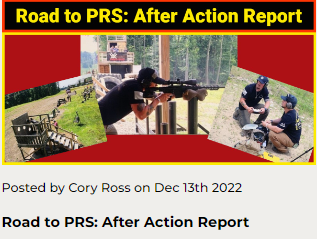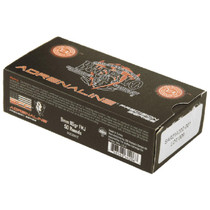Road to PRS: Gearing Up for a Match
Posted by Cory Ross on Dec 27th 2022

Prep for a PRS match is stressful. Especially for one that is farther away. If you forget something, you do without or borrow from somebody else. Casein point, matches require guns to have empty chamber flags in them when they are not in use. I knew that my team knew that, however, that did not stop me from leaving the chamber flag on my work bench rather than putting it in the range bag. I searched for over ten minutes until I realized what I had done—idiot. I then hobbled together a flag from random pieces of kit I had laying around. It wasn’t great, but it worked. Ultimately, it was something else that added stress.
In this article, we take a look at some of the gear and supplies a shooter needs when going to a one day, club level match. Two-day, national matches, requires more gear and additional supplies, especially backup components in case a rifle goes down, but that is not within the scope of this series.
Rifle and Ammo: The rifle seems relatively obvious, it’s probably the biggest piece of kit you will bring, but ammo is another story. I talked with people that went to a match before and forgot ammo. Unless someone has factory ammo in your caliber that you can borrow, you may be out of luck. Even if other shooters have extra ammo in your caliber, its probably reloaded ammo that is fine tuned for a specific gun. It may not work well in your rifle. Second, with your rifle, check that everything is tight before you leave. This includes action screws, scope base screws, and your scope rings. Something slightly loose can throw off the match and cause frustration. Oh, and don’t forget that chamber flag.
Tool Kit: Matches are shot outdoors in all kinds of weather. Whether it’s snow or sleet in February to the hot dry matches of the summer, dirt and grime invade your rifle. Having a cleaning and tool kit will help you maintain your rifle if something breaks down.
Hearing protection: While foam in ears will suffice, I recommend electronic hearing protection of some kind—either over earmuffs or in ear. Electronic ones will allow you to hold conversations with other shooters and the range officers, creating a better experience.
Shooting accessories: This includes a bipod, shooting bags, or a tripod. Stages in matches put the competitors in uncomfortable positions, requiring the shooter to adapt and build a position. Bags, bipods, and sometimes a tripod, help in these situations. For bipods, the most common ones used were Atlas or MDT’s Ckye Pod. These give shooters stable positions and lots of flexibility. For bags, the Armageddon Gear Schmedium Game Changer was above and beyond the most popular. In fact, if a competitor only brought one bag, that was the one. One addition to this list is that many shooters used some form of bag rider. Many modern PRS guns utilize Arca-Swiss dovetails. This is a modular mounting system for accessories that was taken from the camera world. Bag riders, essentially CNC’ed aluminum rectangles, mount on this dovetail to give the rifle a larger surface area to ride the bag. More surface area equals better stability.
Ballistic Solver: This could be a handheld unit like a Kestral that inputs atmospheric information or an app on your phone, such as the Applied Ballistics App. Regardless, some sort of a ballistic solver is an absolute must. Between stages is when competitors are afforded the time to write down their elevation adjustments for the various distances in an individual stage. Most shooters use either a QB armboard or a data table that mounts off the optic during the stage to keep track of their adjustments. Either method works, just find the best one for you.
Observation: Most of the competitors used higher magnification binoculars to observe and spot during a stage. While maybe not an absolute requirement, observing and spotting targets helps the shooter put together a game plan and locate the individual targets. Most shooters used binoculars that were mounted on tripods, giving stability to observe and locate targets at long range. One thing that we noticed, no one (besides us) brought spotting scopes.
Miscellaneous Gear: This is the other essential gear I’d recommend when shooting a match. The first, and maybe most important, water and food. At this match, there weren’t any scheduled breaks. Make sure you bring fuel to help, especially on a hot summer day. Speaking of a hot day, learn from our mistakes—bring sunscreen! Bring a backpack or range bag of some kind to carry the gear throughout the day. You walk between stages and sometimes they aren’t close together. Some form of individual first aid kit (IFAK) in your pack is also a good idea—accidents can happen. Pens and a notebook is also a good idea. Writing down notes of what you need to work on or adjustments in your gear will help for future matches.
Closing Thoughts
As discussed, there is a lot of thought and preparation going into a match. Having the gear needed will help ease the stress load, but also aid in the shooting itself. Of all the gear, however, the most important piece of kit is a positive mindset, especially if this is your first match. You will miss shots, you will timeout, you will not be able to find every target. But that’s okay. It is a learning experience. With every match you shoot, the better and more comfortable you will become.
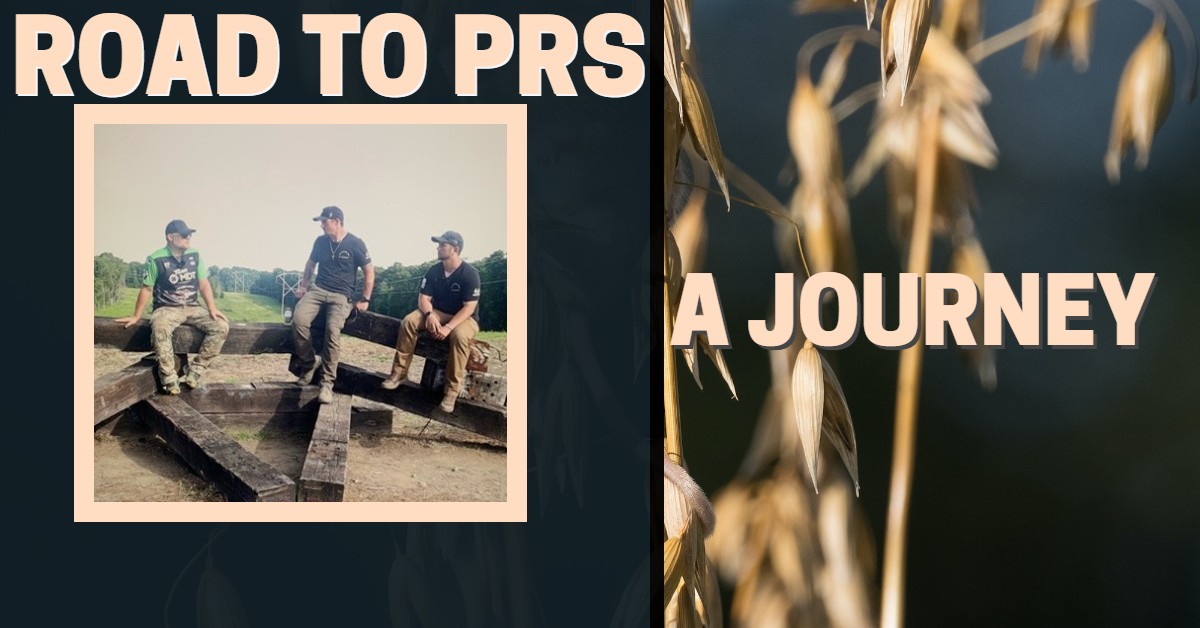 | 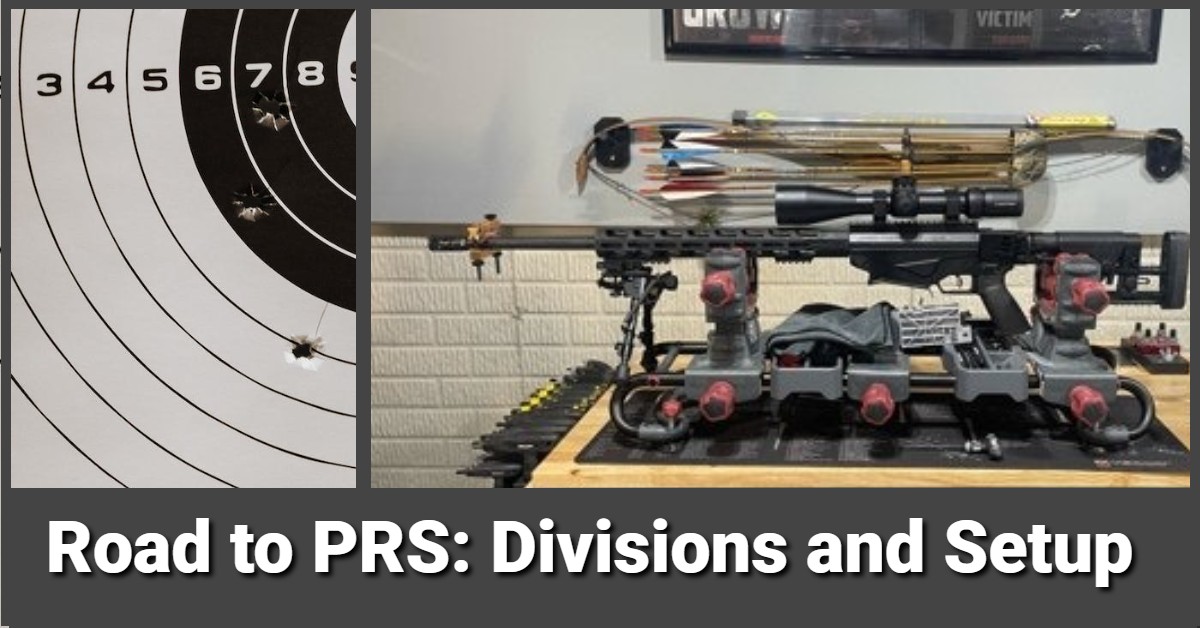 |
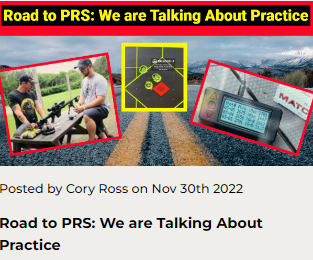 |




